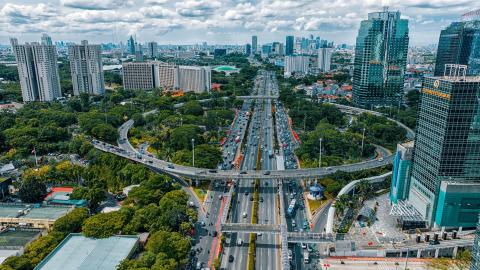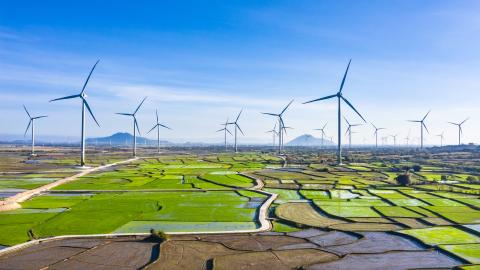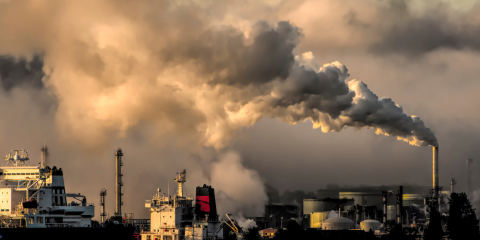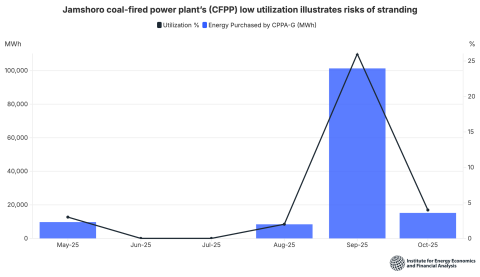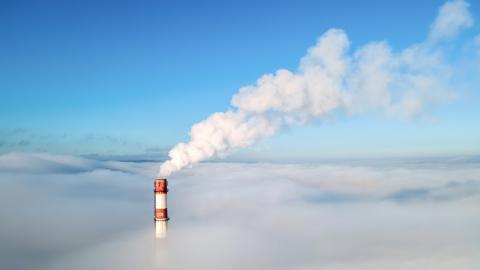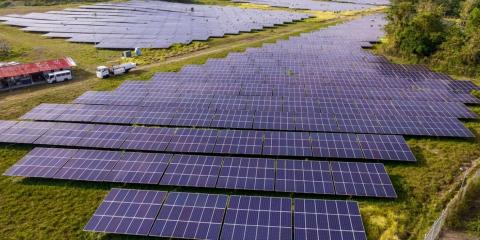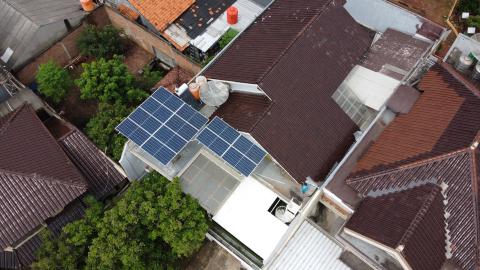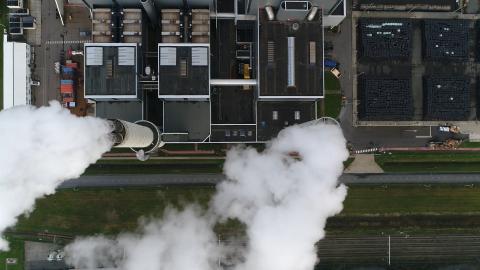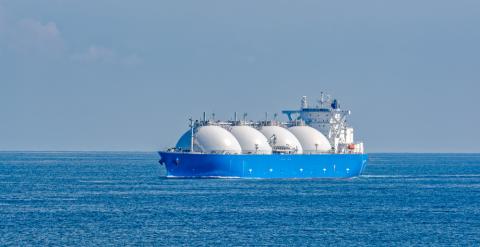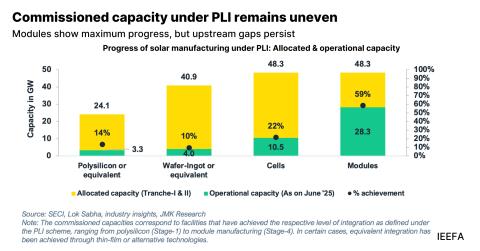Japan can power Southeast Asia's clean energy future
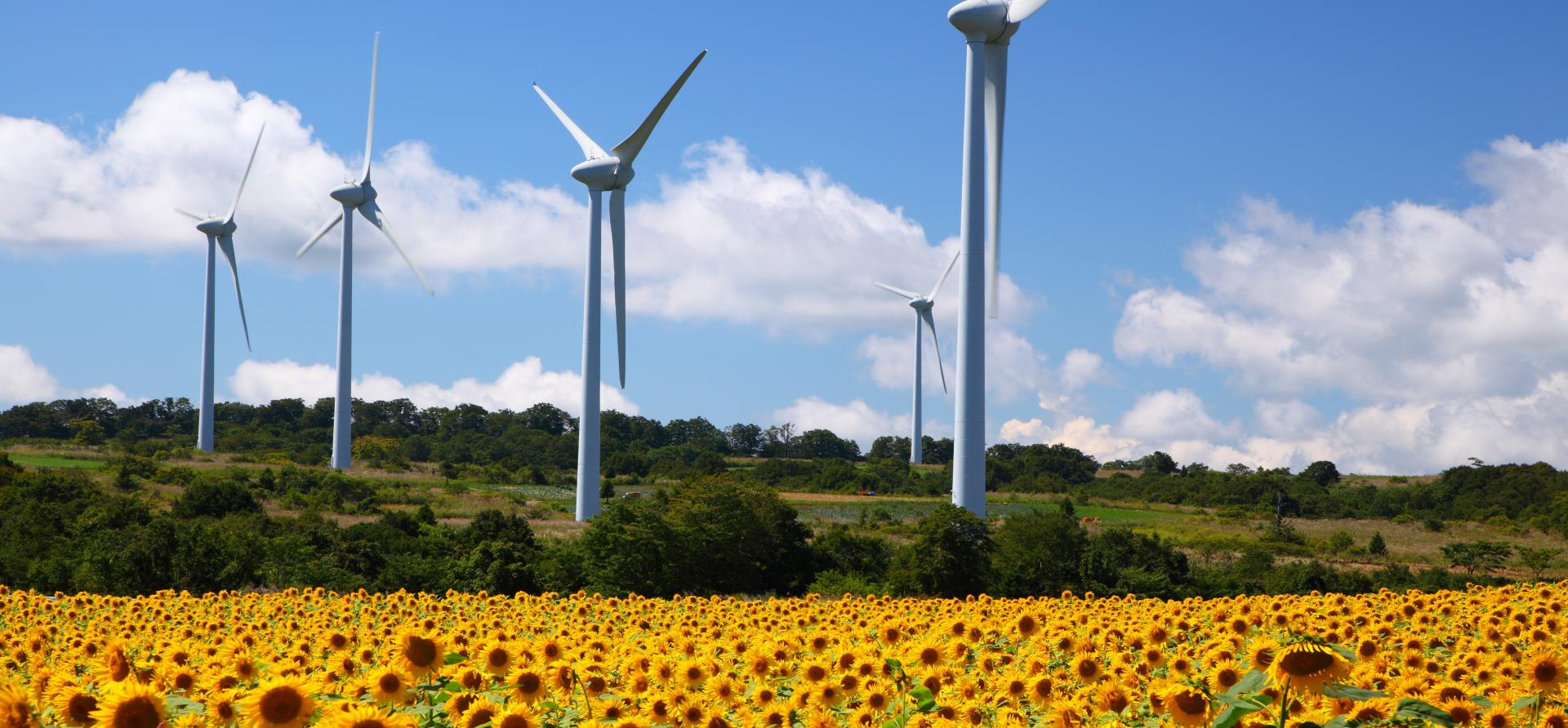
Key Findings
Japan’s emphasis on liquefied natural gas (LNG) as the foundation of Asia’s economic and energy stability requires a strategic revision given China’s dominance in renewable energy supply chains and the increasing uncertainty around the United States (U.S.) trade policy.
Japan’s hesitation to compete with China has led to a drop in market share in the solar photovoltaic and lithium-ion battery markets. Japan has instead focused on developing unproven technologies such as hydrogen, ammonia, carbon capture, utilization, and storage (CCUS), and e-methane.
By supporting renewable energy deployment and supply chain development in Southeast Asia, Japan could address three interconnected challenges: fossil fuel overreliance, regional supply insecurity, and geopolitical risks stemming from overdependence on China or the U.S.
Japan should establish a renewable self-development ratio, increase domestic renewable deployment targets, and lead international efforts to mobilize funding and capacity-building for Southeast Asian clean energy manufacturing and infrastructure, instead of prolonging fossil fuel dependence or promoting unproven technologies.
In June 2025, Japan hosted the LNG Producer-Consumer Conference 2025 in Tokyo, bringing together representatives from 30 countries to address global energy stability. At the event, liquefied natural gas (LNG) was framed as a “driver of clean economic growth” in Asia, reaffirming Japan’s emphasis on regional fossil fuel development.
However, Japan’s fossil-focused diplomacy stands at a crossroads. While it has long promoted LNG as the cornerstone of Asia’s economic stability, shifting global dynamics — such as China’s dominance in renewable energy supply chains and the growing uncertainty around the United States (U.S.) trade policy — call for strategic change.
Southeast Asia faces dual challenges: renewable manufacturing hubs are exposed to tariff shocks and supply chain disruptions, while countries urgently need renewables and grid infrastructure investment to meet economic and climate goals. As the region’s largest infrastructure investor, Japan is strategically positioned to accelerate, rather than delay, Southeast Asia’s clean energy transition.
By pivoting to support renewable energy deployment and manufacturing capacity in Southeast Asia, Japan can tackle fossil fuel dependence, reduce reliance on China-centric supply chains, and spur regional economic growth. Matching its LNG leadership with equally ambitious action on clean energy would cement Japan’s role as a driver of Southeast Asia’s sustainable future.
Japan’s fossil fuel-heavy investment profile in Southeast Asia
Japan’s energy investments in Southeast Asia heavily favor fossil fuels. Between 2013 and 2022, Japan’s public financial institutions – including the Japan Bank for International Cooperation (JBIC), the Japan International Cooperation Agency (JICA), and the Nippon Export and Investment Insurance (NEXI) – provided around USD41 billion for fossil fuel projects in Asia, nearly five times the USD9 billioninvested in clean energy such as wind and solar. By July 2024, Japanese companies supported over 30 LNG-related projects in the Asia-Pacific region.
Japan’s Asia Zero Emission Community (AZEC) initiative, launched in 2023, includes renewables in its framework but essentially emphasizes LNG, ammonia co-firing in coal plants, and carbon capture. While Japan labels these as “transition tools,” such investments risk locking the region into prolonged fossil fuel dependence. Since AZEC’s inception, the country has signed over 150 Memoranda of Understanding (MOUs), with 35% supporting fossil fuel technologies, while only 7% focus explicitly on wind and solar, according to data compiled by research firm Zero Carbon Analytics.
Southeast Asia needs to increase annual clean energy investment to USD190 billion by 2035 and invest USD300 billion in grid development to meet climate goals. As part of AZEC’s Asia Energy Transition Initiative, Japan committed USD10 billion in blended public–private financing for the region’s energy transition. Yet much of this funding supports hydrogen, ammonia, and other technologies with limited immediate decarbonization impact, risking the perpetuation of regional fossil fuel dependence rather than enabling a true energy transition.
Why has Japan been reluctant to invest in renewables?
Japan’s hesitation to invest in renewable energy domestically and across Southeast Asia stems from structural and strategic factors.
First, Japanese policymakers believe that fossil fuels, particularly LNG, are crucial for the development of emerging Asian economies. At the LNG Producer-Consumer Conference 2025, Japan’s Minister of Economy, Trade and Industry described LNG as “a foundation of global stability and economic growth, especially in Asia”, emphasizing its role as a “realistic transition fuel” for sustainable development. He also highlighted LNG’s role in enabling industrial growth across Asia.
Second, Japan’s overseas fossil fuel investment strategy focuses on increasing its “fossil fuel self-development ratio”, which measures the share of imported oil and gas from Japanese-owned upstream assets. Despite declining domestic energy demand and climate concerns, Japan aims to raise this ratio from 37% in fiscal year (FY) 2023 to over 50% by 2030 and 60% by 2040. Between 2013 and 2023, Japanese public financial institutions invested USD93 billion in overseas oil and gas projects, with 45% dedicated specifically to upstream oil and gas development, against their commitment to end fossil-fuel financing by the end of 2022.
Third, the government has expressed concern regarding China’s dominance in renewable energy supply chains. China controls over 80% of solar photovoltaic (PV) manufacturing and contributes more than 60% of new global renewable capacity, while Japan’s PV share has fallen below 1%. Japan’s global market share in lithium-ion batteries declined from 40% in 2015 to 21% in 2020 for electric vehicle (EV) batteries, and from 27% to 5% for storage batteries. Chinese and Korean companies now lead both categories.
To avoid direct competition in China-dominated sectors, Japan focuses on developing emerging technologies — such as hydrogen, ammonia, carbon capture, utilization, and storage (CCUS), and e-methane — where it holds a competitive advantage. This strategic choice aims to establish a domestic, independent energy supply chain without deepening reliance on China.
U.S. trade disruptions and the Southeast Asian clean energy shock
Recent decisions by the U.S. to impose high tariffs on Asian economies — including increased duties on clean energy imports from the region introduced by previous administrations — have disrupted global supply chains and created significant uncertainty for Southeast Asian renewable energy exporters.
The Institute for Energy Economics and Financial Analysis (IEEFA) has reported that although 88% of U.S. solar panel imports came from Southeast Asia in 2024, producers in countries such as Vietnam, Malaysia, and Thailand face margin compression, cancelled orders, and delayed investment decisions from foreign buyers. These disruptions weaken the region’s manufacturing base and reduce the economic viability of new capacity expansion, especially as companies reassess exposure to volatile export markets.
Simultaneously, LNG markets remain geopolitically volatile, adding a second layer of risk for Asian economies already dependent on energy imports. The resulting uncertainty undermines long-term energy planning for both importing and exporting countries in the region.
This convergence of shocks presents a unique opportunity for Japan. By pivoting its investment and industrial strategy to support renewable energy deployment and supply chain development in Southeast Asia, Japan could address three interconnected challenges: fossil fuel overreliance, regional supply insecurity, and geopolitical risks stemming from overdependence on China or the U.S.
To seize this opportunity, Japan should:
- Create a renewable self-development ratio
Just as Japan tracks fossil fuel supply security through its self-development ratio, it should establish a similar metric for renewable energy. This would help incentivize upstream and midstream investment in Southeast Asian clean energy manufacturing.
- Increase domestic renewables targets to anchor regional demand
Japan’s slow deployment of renewables weakens demand signals for its suppliers. Increasing its 2030 and 2040 renewables targets, alongside grid and market reforms, would create a stable domestic market for Southeast Asian-made panels, turbines, and batteries.
- Champion global support for Southeast Asian renewable growth
Leveraging its influence at the Asian Development Bank and experience in regional development finance, Japan should lead efforts within international fora and financial institutions to mobilize funding and capacity-building for Southeast Asian clean energy manufacturing and infrastructure.
- Reorient AZEC and power sector engagement toward renewables
Japan wields considerable influence over Southeast Asian power development plans through AZEC, bilateral dialogues, and infrastructure finance. This authority should be used to promote renewable-based systems, not further entrench fossil fuels or unproven technologies like co-firing ammonia in coal plants.



